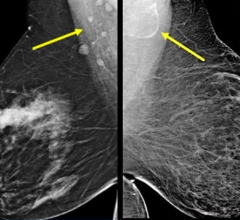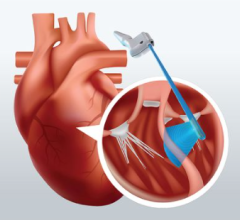
September 17, 2012 — The American College of Cardiology (ACC) has released the results of its 2012 Practice Census, showing that the number of physician-owned practices continues to decline, while hospital employment has nearly tripled since 2007.
“The new census data provides valuable insight into the state of the cardiovascular practice today and the continuing trend towards hospital integration,” said ACC President William Zoghbi, M.D., FACC. “It also provides a comprehensive look at the key challenges facing cardiac care providers and their patients.”
The survey of more than 2,500 practices from all 50 U.S. states and Puerto Rico found that compared to 2007 when physicians owned 73 percent of practices and hospitals owned 8 percent, only 60 percent of practices are now physician-owned, while 24 percent are hospital-owned. The number of cardiovascular professionals working for hospitals has also increased. According to the data, an equal percentage of practitioners (35 percent) are now currently employed by hospitals as are physician-owned, compared to 2007 when 59 percent of practitioners were in private practice and only 11 percent were employed by hospitals.
The Practice Census also showed that continued cuts to Medicare physician payments, as well as reimbursement in general, are by far the top two issues keeping more than 70 percent of private practitioners awake at night. As a result, coding and billing and expense management were also major challenges highlighted by private practice providers. Hospital-owned practices, which listed Medicare payment and reimbursement as top issues, also cited workflow management (38 percent), hospital/practice alignment (40 percent) and health information technology implementation (36 percent) as their top challenges.
The release of the practice data coincided with ACC’s 21st Annual Legislative Conference in Washington, D.C., where approximately 350 cardiovascular professionals from across the country met with members of Congress about the challenges.
“Congress must eliminate the red tape so that physicians can focus on patients and not paperwork,” said Zoghbi. “We are asking members of Congress to finally repeal the flawed SGR formula, oppose unnecessary cuts to medical imaging services and work with the healthcare community to test and implement new payment models outside of the current fee-for-service system. We are doing our part to ensure access to high-quality, cost-effective and patient-centered care; now it’s time for Congress to do the same.”
For more information: www.cardiosource.org/ACC


 October 16, 2024
October 16, 2024 








